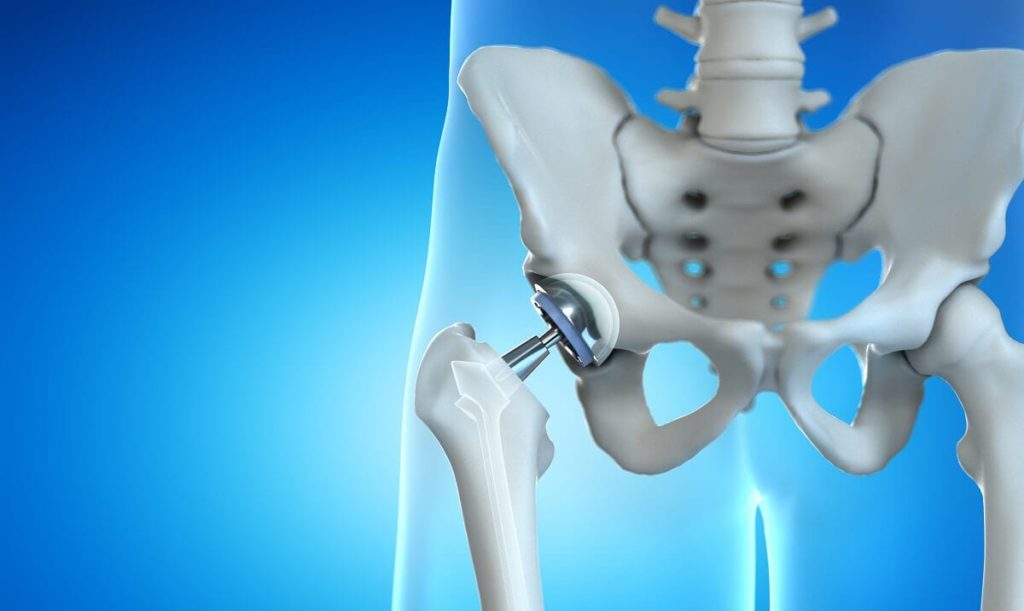What is a Hip Fracture?
The hip joint is a ball-and-socket joint between the thighbone and pelvis. This joint, which allows movement in many directions, enables activities such as walking, running and sitting. Neck and trochanteric region of the femur (more below the neck portion) is referred to as occurring fractures of hip fracture.
It is said that the risk of hip fracture is higher in the elderly, those who have gone through menopause, those who do not take enough calcium and vitamin D, those who smoke, use alcohol, those with endocrine disorders and those with low physical activity.
Hip fractures are an important orthopedic problem of elderly patients. Approximately 300,000 patients are treated for hip fractures each year in the United States, and this number is increasing.
In particular, these types of fractures as a result of increasing life expectancy began to be seen more often. Hip fractures in elderly patients may occur as a result of a simple fall. In younger patients, a high-energy trauma, such as a traffic accident or fall from a height, is required for hip fracture to occur.
Hip Fracture Symptoms
Symptoms of hip bone fracture are as follows;
- Severe pain in the hip and groin is the most important symptom of a hip fracture.
- The patient cannot walk or has difficulty walking.
- Discomfort when rotating the hip.
- Swelling and bruising can be seen in and around the hip.
- It can be observed shortening of the leg..
- In children, unlike these general symptoms, it can manifest itself with symptoms such as sleeplessness, restlessness, excessive crying, and tabs.
Treatment of Hip Bone Fracture
In the surgical treatment of hip fractures in elderly patients, prosthetic surgeries or fixation surgeries aimed at fusing the fracture are applied. After diagnosing a hip fracture, your doctor will prescribe you treatment, taking into account the type of fracture, bone quality, age, medical history, and goals for the post-treatment period.
Treatments for hip fractures include surgical treatment (surgery), physical therapy, and medication. In prosthetic surgery, the broken part is removed and a hip prosthesis is placed into the bone.
In surgeries where the fracture is detected, various plates-screws or nails inserted into the bone are used to fix the broken parts together and the fracture is fused. The doctor may recommend that you use painkillers to reduce the pain.
Applying surgical treatment to the patient as soon as possible may increase the success of the surgery. In hip prostheses, the patient stands up, but the patient should not give full weight for 6 weeks and should walk on her toes. In the following periods, walking training should progress by gradually increasing the weight.
Prevention Methods from Hip Fracture
- Adequate calcium and vitamin D should be taken for stronger bones and strengthen the muscles around the hips.
- A healthy and balanced diet supports bone health.
- Various precautions can be taken in the environment where elderly people live to reduce the risk of falling while walking.
- Exercising regularly supports the bone structure and repair functions, regulates blood circulation, and increases muscle strength.
- Maintaining balance is very important to prevent hip fracture.It is necessary to eliminate the factors that disturb the balance.
- Conditions such as ear problems, muscle imbalances and weakness, and sensory loss pave the way for the deterioration of balance.Appropriate treatment should be taken for these conditions.

